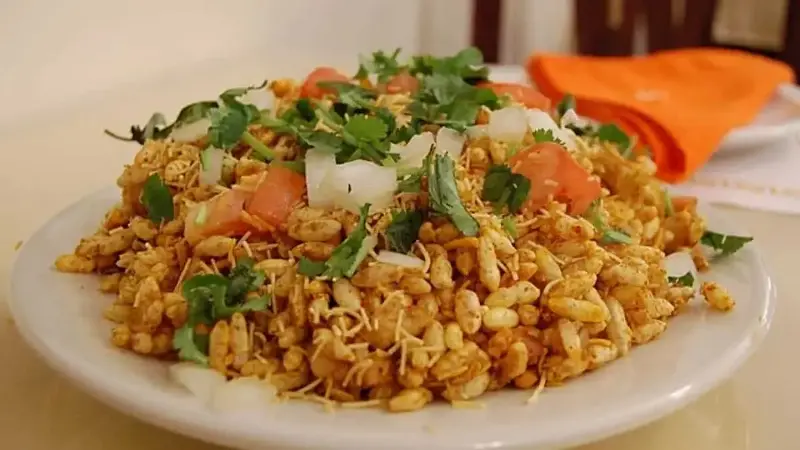
Nothing compares to the freshness, flavour, or healthiness of the season's veggies. How often do grandparents advise you to eat ‘what grows in your garden’? In today's context, this may not literally mean food growing in your backyard, but it does mean that we should eat something that naturally grows in a given season without the use of artificial environmental controls, such as artificial lighting or temperature control, to grow summer vegetables in winter and vice versa.

Image Credit: Wikimedia Commons
At the same time, cooking up snacks that you eat from outside will always be healthier to consume since you can measure the amount of certain ingredients that you’re adding. Using things in your kitchen to make snacks when you’re hungry is always a fun way to pass the time and learn a new skill. And as November slowly takes over, the weather is turning from humid and sticky to a chill that indicates winter is coming (do you get the reference?).
The weather is perfect for sitting with a cup of steaming hot chai or coffee, gossiping, bingeing on OTTs, and maybe also reading sometimes. All this needs to be accompanied by snacks that have a crunch or a sudden burst of flavour, right? Here are a few recipes that you can try at home and enjoy with everyone:
6 Indian Snacks Perfect For Winter
Paneer Pakora
Paneer Pakoda is a delicious and crispy snack. It features cubes of paneer coated in a flavorful batter and deep-fried until golden and crunchy. These pakodas are perfect for tea-time or as an appetiser during the months of winter. Freshly made paneer fried in a batter and served hot during winters is a match made in heaven. Serve them with ketchup or chutney for a lip-smacking experience.

Image Credit: Wikimedia Commons
Chirer Pulao
Chirer pulao is a favourite winter breakfast in Bengali households. But everyone now eats it for an evening snack too. Packed with winter veggies like cauliflower, carrots, and peas, this Bengali-style poha is quick, simple, and delicious. Bengali garam masala gives it a somewhat sweet, slightly spicy flavour. To balance the sweetness and spice of a dollop of ghee and freshly ground ginger are mandatory.

Image Credit: Wikimedia Commons
Veg Pakora
A popular snack in India, veg pakora is created using a blend of veggies and chickpea flour. It's a tasty and crispy snack that works well as an appetiser or during tea time. The veggies are deep-fried till golden brown after being covered in a spicy batter. For a pleasant and filling snack for the cold evenings, serve these delectable pakoras with ketchup or chutney.
Roasted Makhana
Looking for a healthy and crunchy snack to munch on? Makhana is your answer. It is the perfect evening snack for an energy boost and can be prepared in under 5 minutes. This can also be prepared and stored in airtight containers for up to a month. Anything roasted during winter just fits the bill, and this is a healthy option too.
Ghugni
Ghugni is a popular Bengali street-style snack. It has a semi-liquid consistency and is often served as a snack as well. During the winter months, it is often served with a variety of toppings, such as chopped onions, cilantro, and tamarind chutney. Some people also add a dollop of yoghurt or sprinkle sev or bhujia on top for added texture. Ghugni chaat is usually served in a bowl or on a plate and can be eaten with a spoon or scooped up with a flatbread such as a roti or a puri, or even a pound roti.
Also Read: Popular Snacks From Maharashtra We Can’t Unlove
Telebhaja
Literally translating to ‘deep-fried’, telebhaja is a mandatory Bengali evening snack that is usually accompanied by muri or puffed rice. Most people confuse telebhaja with other fried snacks, but it’s slightly different from popular Bengali fast food options like fish fry or dim-er chop, which typically feature a breaded base. Telebhaja, like beguni, aloo chop, and peyaji, are usually fried in a besan batter. However, telebhaja shops in Kolkata sell a number of different snacks to offer variety to their customers during the winter months. All seasonal veggies find a place here during the winters.

Image Credit: Wikimedia Commons
